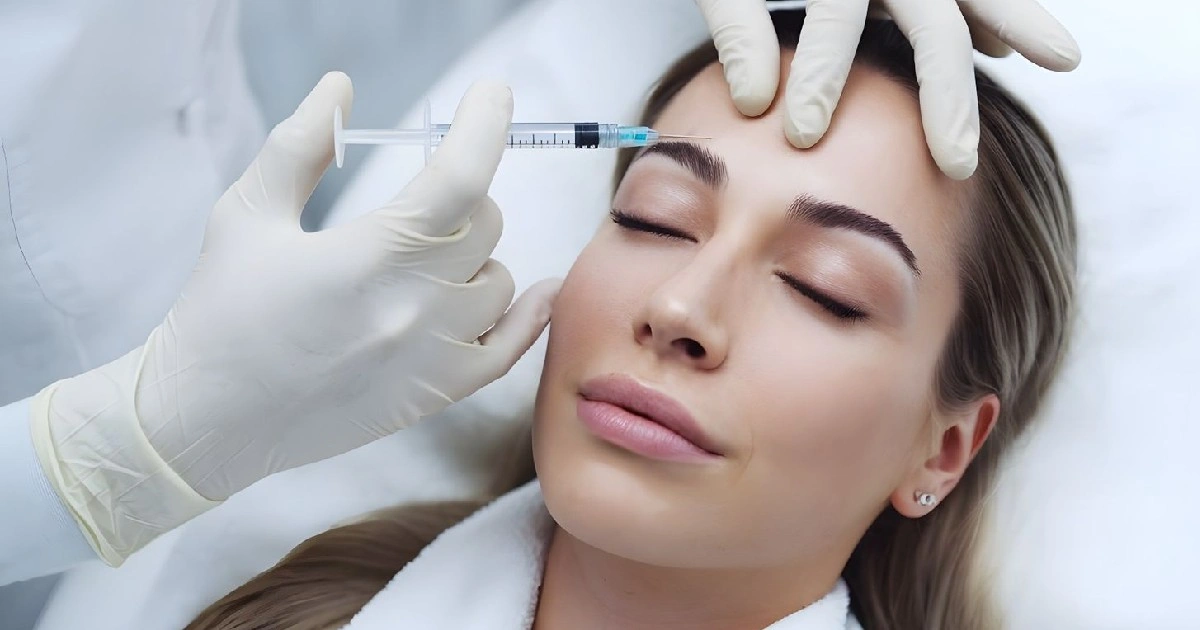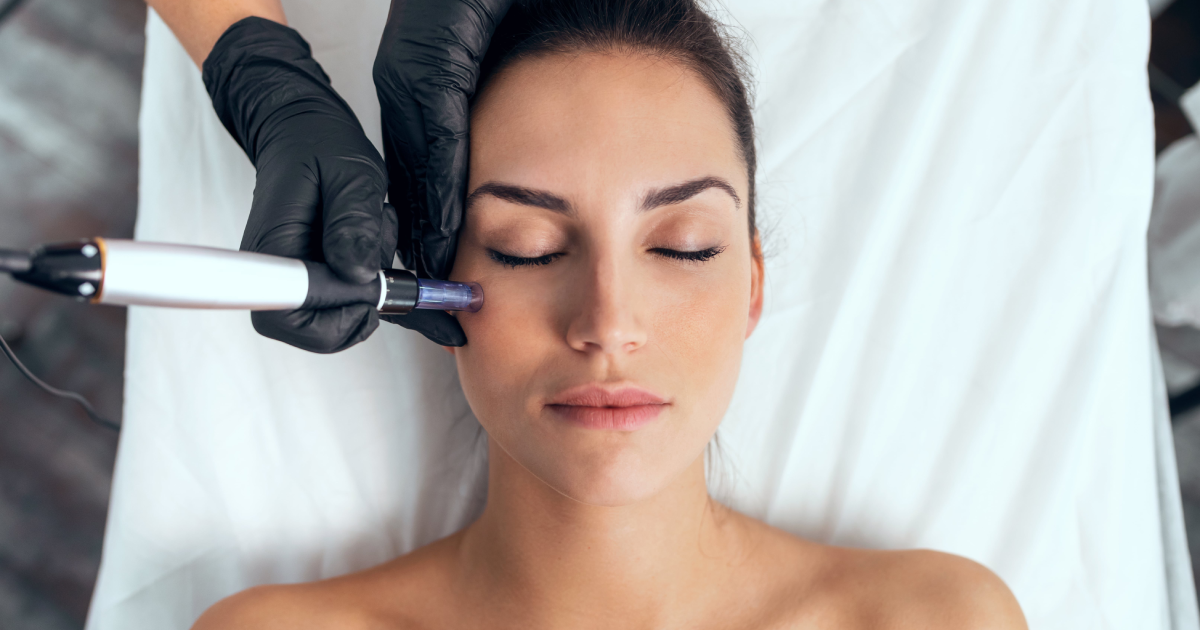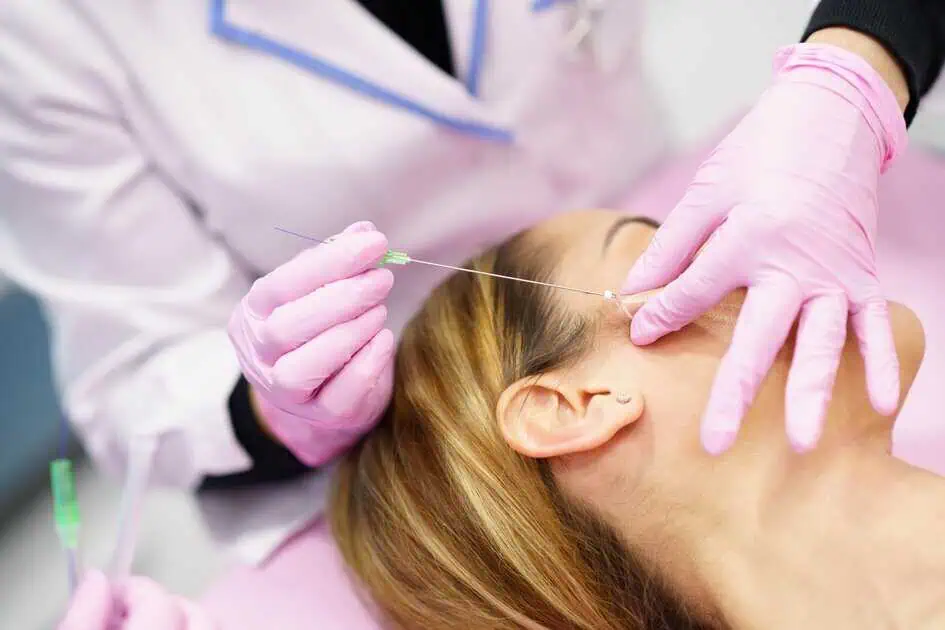Platelet-rich plasma or PRP is today’s modern approach to skin rejuvenation and hair regrowth. However, research has still yet to give a consensus on the exact success rate of PRP injections in restoring hair growth. It sits at a good range of 70-90% for most patients. This therapy tends to work better when used in younger patients that start to experience genetic hair loss and thinning effects. Today, let’s know more about the PRP treatment, how it works, how much it is, its after-effects, the recovery time needed, and so much more.
What is Platelet-Rich Plasma (PRP)?
Fast Facts
- A substance is believed to promote the healing process when injected.
- Its primary component, plasma, found in the blood, has extraordinary compositions of proteins that help in efficient blood clotting.
- Plasma also has proteins that help support the growth of cells in the body.
- Studies have stated that PRP is through the isolation of plasma from blood, followed by its concentration.
- The injection idea of PRP into damaged tissues stimulates the body to produce new and healthy cells, promoting the healing process simultaneously.
- Since tissue growth factors are much more concerning concentration, especially in the prepared growth injections, experts suggest that the body’s tissues may heal faster through PRP.
- Even after everything is said, PRP treatment has not yet been proven. The FDA has not even cleared it as a treatment as of the moment.
- Although, famous athletes have been reported to be using these injections to help heal injuries.
What are the Uses of PRP Injections?
Researchers are now trying to prove that PRP injections are good across several applications. Examples of these everyday purposes include:
- Hair loss – injecting PRP into one’s scalp promotes hair growth and prevents hair loss. A 2014 research showed that PRP injections are effective for androgenic alopecia treatment, more commonly known as male pattern baldness.
- Tendon injuries – tough and thick tendons are tissue bands connecting the muscles to the bones. Typically, tendons are slow in healing after injuries. Doctors and practitioners have used PRP injections to treat chronic tendon problems like tennis elbow, the ankle’s Achilles tendonitis, and the cause of pain in the knee’s patellar tendon, a jumper’s knee.
- Acute injuries – PRP injections treat acute sports injuries like a pulled hamstring muscle or a knee sprain.
- Postsurgical repair – there are instances where doctors use PRP injections in repairing torn tendons, such as the shoulder’s rotator cuff tendons or ligaments like the anterior cruciate ligament, done after surgery.
- Osteoarthritis – when PRP injections are used in the knees, this procedure may help those with this bone condition. A study in 2015 found that PRP injections were more effective than a traditional therapy called hyaluronic acid injections for treating osteoarthritis. But researchers did trials on a small group consisting of 160 people. That’s why more extensive tests are still needed for this to be conclusive regarding its results.
In addition, it’s important to remember that, in general, none of the uses stated earlier have been definitively proven to provide results, no matter how effective they can become.
How Do You Prepare for PRP Injections?
Preparing for PRP injections involves only a few steps, depending on how you receive PRP. It can be injected in several ways. For instance, a topical numbing solution such as lidocaine is sometimes applied to the scalp before PRP injection. If this particular example is the case, you may need to be early to your treatment session.
Other times, local anesthetics can be mixed with PRP to reduce potential discomfort. Sometimes, doctors inject or apply PRP while the surgery happens. In this case, PRP injection preparations involve religiously following your practitioner’s suggestions before surgery.
What Does the PRP Injection Process Entail?
Here’s what you can expect from undergoing a typical PRP injection process:
- Doctors and healthcare providers draw blood samples from the patient. Blood sample amounts depend on the injection location of the PRP treatment. In this example, the parts of blood drawn out for PRP injections into the scalp for a specific study were 20 milliliters. This amount is slightly more prominent compared to one teaspoon.
- Next, the blood taken from the patient is placed inside a centrifuge. The machine spins around at high speed, which causes blood components to separate. This separation process takes approximately 15 minutes.
- Then, practitioners take this separated plasma and prepare it to be injected into the patient’s affected area.
- Finally, they will pinpoint specific areas for injection, such as tendons, often using imaging like an ultrasound. Doctors will then administer the PRP injections into the affected area.
How Much Do PRP Injections Cost?
The American Academy of Orthopedic Surgeons said that very few insurance plans are known to provide any form of reimbursement when dealing with PRP injections. That said, patients will essentially pay the costs out of their pockets. These costs can also be significantly different based on the location and how these injections are used. Some even reported prices nationwide had indicated the following:
- ABC News 7 in San Francisco reported in 2013 that PRP treatments used for hair loss treatments cost around $900 for a single treatment, with $2,500 costing for a three-set treatment.
- The Washington Post stated in 2014 that PRP injections in the knees could cost anywhere between $500 and $1,200 for a single treatment.
- Insurance companies categorize PRP as a form of experimental treatment. That’s why much more scientific research still needs to be concluded regarding effectiveness before insurance companies can more widely cover it.
What Are Some Potential Side Effects of PRP?
Since PRP treatments involve the injection of substances into the skin, there are still potential side effects bound to take place.
Platelet-rich plasma is autologous, consisting of substances that come directly from our bodies. This trait reduces any risks of allergic reactions from administering other medications like cortisone or hyaluronic acid. But, as effective as PRP may seem, there are possible risks involved from the injection itself, including:
- infections
- damages inflicted on the tissues
- injuries in the nervous system
- pain at the injection site
Additionally, one should remember to discuss potential risks with your doctors or healthcare providers and the steps needed to be taken to lessen these risks.
How Long is the Recovery Time for PRP Injections?
Due to PRP injections being intended to promote one’s healing or growth, you may notice differences not after receiving the injections. But in a few weeks or a couple of months, the treated area may start healing quicker or have more hair growth than what you would have expected when you haven’t received PRP injections yet.
Final Thoughts on PRP
Platelet-rich plasma can be effective when you use it for the right skin issue or concern. Always talk to your doctor or healthcare provider before even undergoing treatment. PRP can be the best solution you can receive towards achieving your desired skin goals.
Are you ready for your PRP injection therapy? Our wonderful friends at Onyx Medical Aesthetics Spa can help you out today. Visit them now! https://onyxmedicalaestheticsspa.com






